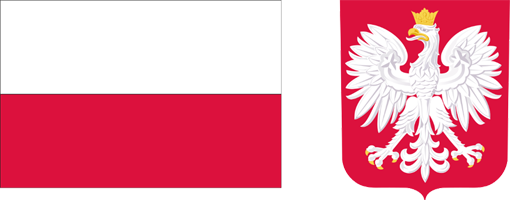Current issue
Archive
About the Journal
Aims and Scope
Editorial Board/Editorial Team
List of reviewers
Publishing process
Publishing Ethics and Malpractice Statement
Personal data protection (GDPR)
Creative Commons License
CrossRef Member / Similarity Check
For Authors
Call for papers
Guidelines for authors
Submitting a manuscript through the editorial system – step by step
For Reviewers
Peer review process
Guidelines for reviewers
Submitting a review – step by step
Contact
RESEARCH PAPER
TECHNICAL EFFICIENCY OF TAFF PRODUCTION
IN NORTHERN ETHIOPIA: A STOCHASTIC FRONTIER APPROACH
1
Adigrat University
2
Mekelle University
Submission date: 2024-07-14
Final review date: 2024-09-30
Acceptance date: 2025-01-09
Publication date: 2025-09-30
Zagadnienia Ekonomiki Rolnej / Problems of Agricultural Economics 2025;384(3):108-134
KEYWORDS
JEL CLASSIFICATION CODES
C67
D24
Q12
TOPICS
ABSTRACT
Aim:
Tigray’s agriculture sector is greatly faced with challenges, so much so that productivity levels are beneath the national level. This is largely due to primitive farming practices and high input costs. The persistent issue of low agricultural productivity poses a very dangerous threat to household food security as well as income stability. Thus, this study aims to investigate the level and determinants of technical efficiency in taff production among smallholder farmers in northern Ethiopia using a stochastic frontier approach.
Material and methods:
The current study employs the stochastic frontier production function to estimate the technical efficiency of taff production in northern Ethiopia. Using multi-stage sampling methods, 392 taff farmers made up the sample.
Results:
The average efficiency was found to be 87.3%, which implies that the inefficiency cost for farmers amounted to 49.79 kg (or ETB 1394.12) in yields per tsmdi. The study also shows that the district’s taff production was significantly impacted by plot size, fertilizer, pesticides, and seed.
Conclusions:
Farmers with greater livestock, farm revenue, and high weeding frequency were also more likely to be more productive than their competitors. Moreover, consistent with authors’ expectations, male-headed households produced taff more effectively. In contrast to respondents with lower levels of education, heads of families with higher levels of education, against authors’ expectations and dominant literature, exhibited lower levels of efficiency. To increase taff output, it is therefore essential to align the existing system in such a way that it addresses the supply and availability of fertilizers, pesticides, and agronomic practices (weeding and other improved packages).
Tigray’s agriculture sector is greatly faced with challenges, so much so that productivity levels are beneath the national level. This is largely due to primitive farming practices and high input costs. The persistent issue of low agricultural productivity poses a very dangerous threat to household food security as well as income stability. Thus, this study aims to investigate the level and determinants of technical efficiency in taff production among smallholder farmers in northern Ethiopia using a stochastic frontier approach.
Material and methods:
The current study employs the stochastic frontier production function to estimate the technical efficiency of taff production in northern Ethiopia. Using multi-stage sampling methods, 392 taff farmers made up the sample.
Results:
The average efficiency was found to be 87.3%, which implies that the inefficiency cost for farmers amounted to 49.79 kg (or ETB 1394.12) in yields per tsmdi. The study also shows that the district’s taff production was significantly impacted by plot size, fertilizer, pesticides, and seed.
Conclusions:
Farmers with greater livestock, farm revenue, and high weeding frequency were also more likely to be more productive than their competitors. Moreover, consistent with authors’ expectations, male-headed households produced taff more effectively. In contrast to respondents with lower levels of education, heads of families with higher levels of education, against authors’ expectations and dominant literature, exhibited lower levels of efficiency. To increase taff output, it is therefore essential to align the existing system in such a way that it addresses the supply and availability of fertilizers, pesticides, and agronomic practices (weeding and other improved packages).
Share
RELATED ARTICLE
We process personal data collected when visiting the website. The function of obtaining information about users and their behavior is carried out by voluntarily entered information in forms and saving cookies in end devices. Data, including cookies, are used to provide services, improve the user experience and to analyze the traffic in accordance with the Privacy policy. Data are also collected and processed by Google Analytics tool (more).
You can change cookies settings in your browser. Restricted use of cookies in the browser configuration may affect some functionalities of the website.
You can change cookies settings in your browser. Restricted use of cookies in the browser configuration may affect some functionalities of the website.




